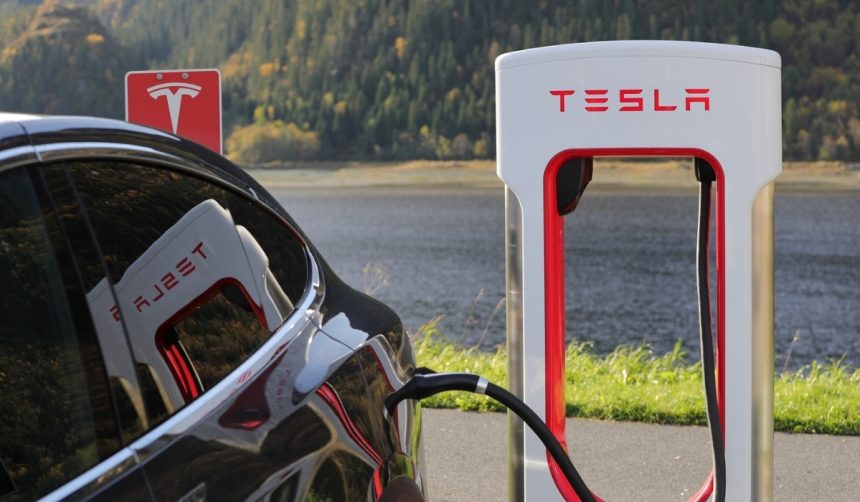Tesla has reached a significant benchmark with its Model 3 sedan, as global sales have now surpassed three million units since the vehicle’s introduction to customers in 2017. The brand credits this accomplishment to consistent production and sustained consumer interest over the years. The compact sedan has become a familiar presence in many countries, claiming a central role in Tesla’s effort to normalize electric vehicles (EVs) for mainstream audiences. Public roadways increasingly feature the Model 3, which has contributed to rising EV adoption and shifted consumer expectations for what an electric car can deliver.
Sales reports and industry data in recent years have indicated the Model 3’s strong market share among electric vehicles. Earlier assessments from 2022 suggested the car was approaching the two-million mark, and notable sales surges occurred in regions like Europe and China. Some previous coverage emphasized competition from other automakers or changing economic conditions impacting EV demand, but the Model 3 has consistently ranked as a top seller. The current milestone reflects a continuation of these trends, reinforcing the sedan’s established presence within the industry.
What Drives Tesla Model 3’s Global Appeal?
Tesla’s Model 3 has found widespread popularity partly due to its position as an affordable, all-electric option for general consumers. The company claims that, on average, a Model 3 has been sold every 1.5 minutes over the last eight years, highlighting its penetration among buyers who may have previously favored traditional vehicles. A statement from Tesla China Vice President Grace Tao encapsulated the achievement:
“Model 3 has become the choice of more than 3 million car owners worldwide, and has won the global pure electric sedan sales champion for seven consecutive years.”
Independent reviews, such as a recent perfect score from Car and Driver, indicate positive industry reception.
How Did Model 3 Influence Tesla’s Growth?
The Model 3 played a critical role in Tesla’s expansion beyond the premium segment dominated by Model S and Model X. As Tesla’s first mass-market vehicle, the sedan required the company to scale manufacturing operations and streamline its supply chain. The success of the Model 3 provided a stable foundation for subsequent models, notably the Model Y crossover, which later became one of the best-selling vehicles worldwide. By successfully introducing the Model 3, Tesla demonstrated there was a substantial audience for electric vehicles that combined price accessibility and performance.
What Does This Mean for the Broader EV Market?
The widespread adoption of the Model 3 signifies increasing openness toward non-combustion engine vehicles among a global customer base. As the Model 3 maintained top rankings in annual sales, it helped validate the business prospects for electric cars beyond niche luxury status. The milestone further establishes Tesla’s role in the worldwide EV marketplace and signals possibilities for the development of new electric models by other manufacturers. Continued strong demand for the Model 3 also presents a benchmark for both established automakers and new entrants aiming to achieve similar volumes in the EV sector.
As Tesla’s Model 3 surpasses three million units sold, its journey illustrates how a single model can shape industry dynamics and consumer habits. Prospective buyers interested in switching to an electric vehicle can reference the Model 3’s long-term sales performance, global reception, and continuous refinement in technology and safety features. For policymakers and industry strategists, the car’s wide acceptance spotlights a transition in mobility preferences and encourages further investments in EV infrastructure and innovation. Observing the Model 3’s progress can offer insights into broader automotive shifts and what factors most influence consumer choices in adopting electric vehicles.
- Model 3 passes three million units sold since its launch in 2017.
- Tesla’s sedan helped boost EV adoption by general consumers worldwide.
- Success signals strong ongoing demand for affordable electric vehicles.










